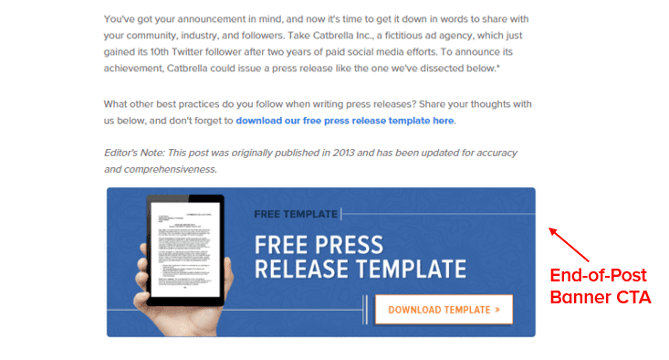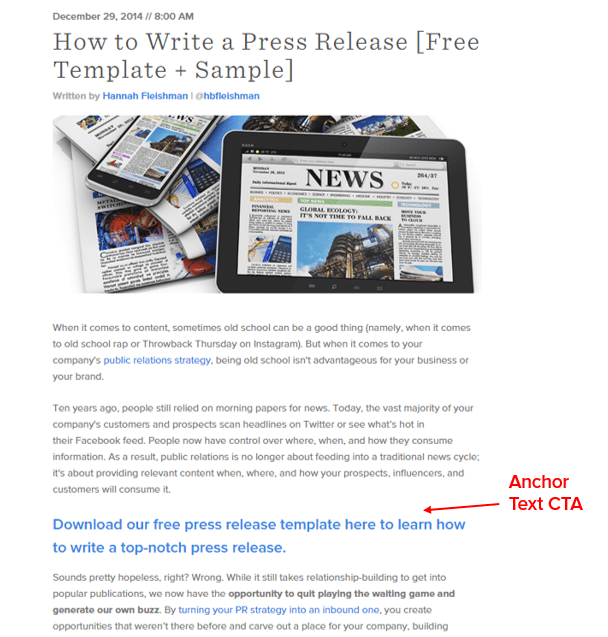
Can you actually generate leads from your blog?
Can you actually generate leads from your blog? https://www.lodestarmg.com/wp-content/uploads/2016/03/generating-leads-from-blogs-bsp-255808747.jpg 900 600 lodestar marketing group lodestar marketing group https://www.lodestarmg.com/wp-content/uploads/2016/03/generating-leads-from-blogs-bsp-255808747.jpgLearn how to generate leads from your blog with a few great tips from Hubspot
In the digital marketing industry, we are often asked if blogs are really that important; after all, aren’t blogs really just people putting their thoughts to “paper” and then posting those thoughts online? Well, not exactly. Yes, it’s true, many blogs circulating on the web are personal in nature and designed to call attention to a certain cause or condition, however, as the “blogosphere” has taken shape over the last decade or so, it has become an incredible tool for helping businesses, big or small, to expand their online footprint, bringing more traffic to their website and therefore, ultimately generating business leads. We recently came across an article published by HubSpot, that details how to use your business blog to generate leads by including a Call To Action.
Blogs have become a very key piece of our marketing strategies that we develop for our clients, and we see, first hand, how practicing the principles outlined below can and do make a difference in generating business leads. Check out the article below and then give us a call so we can help you put these principles into practice.
How the HubSpot Marketing Blog Actually Generates Leads (Hint: It’s Not How You Think)
Source: HubSpot | Author: Pamela Vaughan
Business blogging “best practices” instruct bloggers to include a relevant call-to-action at the bottom of every blog post. This is nothing groundbreaking — it’s how you convert visitors to your blog into valuable inbound leads for your business.
But are those end-of-post calls-to-action (CTAs) really the best option? After all, any conversion rate optimization expert worth their salt knows to take industry “best practices” with, well, a grain of salt.
Over the years, I’ve spent a lot of time analyzing HubSpot’s Marketing Blog. While I’ve been able to identify which individual blog posts generate the most leads, I’d never dug any deeper to understand which specific calls-to-action within those blog posts people were actually converting on.
Until now.
When we introduced a new type of CTA to our blog posts as part of the historical optimization project last year, we ultimately doubled the conversion rates of the posts we added it to. So it got me wondering: Are end-of-post CTAs really the best way to generate leads from our blog? How do different types of CTAs within a post compare?
To get a better understanding of where our blog leads are coming from on the post level, I analyzed a cohort of 11 posts on the blog that generate an above average number of leads every month.
To do so, I created unique tracking URLs (using HubSpot) for the CTAs used within each blog post. Essentially, any individual link within a blog post that led to a landing page got its own tracking URL. So for a post with 10 different CTAs, I created 10 unique tracking URLs. Then I replaced the links within those posts using my unique tracking URLs, and waited four weeks to collect data.
Here’s what I found …
End-of-post banner CTAs contributed an average of just 6% of posts’ total leads.
Crazy, huh? Actually, when you think about it, it’s really not that surprising that these CTAs get very little play. We’ll talk about the reasons why in just a minute.
Here’s how an end-of-post banner CTA might look on our blog. It’s essentially a full-width banner CTA at the very bottom of the post, and it typically includes some copy, an image, and a “download” button.

So, if our leads aren’t coming from the CTAs at the bottom of our blog posts, where are they coming from … and why?
Anchor text CTAs are responsible for the majority of our blog leads.
I know what you’re thinking: “What the heck is an ‘anchor text CTA’?”
An anchor text CTA is the term I’ve given to a specific kind of text-based call-to-action. It’s a standalone line of text linked to a landing page, and it’s styled as an H3 or an H4 to make it stand out from the rest of the post’s body copy. On HubSpot’s Marketing Blog, we mainly use these between the post’s first few introductory paragraphs, but we may also add them throughout the post in cases like this.
Here’s an example of an anchor text CTA within one of our blog posts:

In every single post we tracked, the anchor text CTA was responsible for the largest percentage of that post’s leads (by far).
In fact,between 47% and 93% of a post’s leads came from the anchor text CTA alone.
And the data gets even more compelling when you factor in the anchor text CTA’s cousin — the internal link CTA.
An ‘internal link CTA’ is my term for what is essentially an anchor text CTA, but rather than being styled as an H3 or an H3 in a separate line of text, it’s positioned within a paragraph block, making it blend in more with the content around it. It could be something as discrete as hyperlinking a keyword to a landing page like you see in image A below, or something more direct like you see in image B (which we found to be the most successful type of internal link CTA).
Image A:

Image B:

Now here’s what’s interesting about this … Between 83% and 93% of each post’s leads came from anchor text CTAs and internal link CTAs.
Why Anchor Text CTAs Outperform End-of-Post CTAs
Here are some theories we have about why anchor text CTAs are our silver bullet for blog lead gen …
1) People tend to develop “banner blindness,” and these text-based CTAs don’t look like ads.
The fact that these anchor text CTAs blend in more with the rest of the post may be one of the reasons they perform well. Like I mentioned earlier, because people are so accustomed to seeing and ignoring ads, they’re more likely to ignore CTAs that resemble them. I’d say this is especially true for marketers — and marketers are the target audience for this blog.
And aside from the fact that anchor text CTAs are slightly larger than the rest of the blog’s body copy, there are really no bells and whistles or gimmicks associated with this type of CTA. Because they’re so straightforward, people may also perceive them as being more genuine than the typical image-based, banner CTA.

